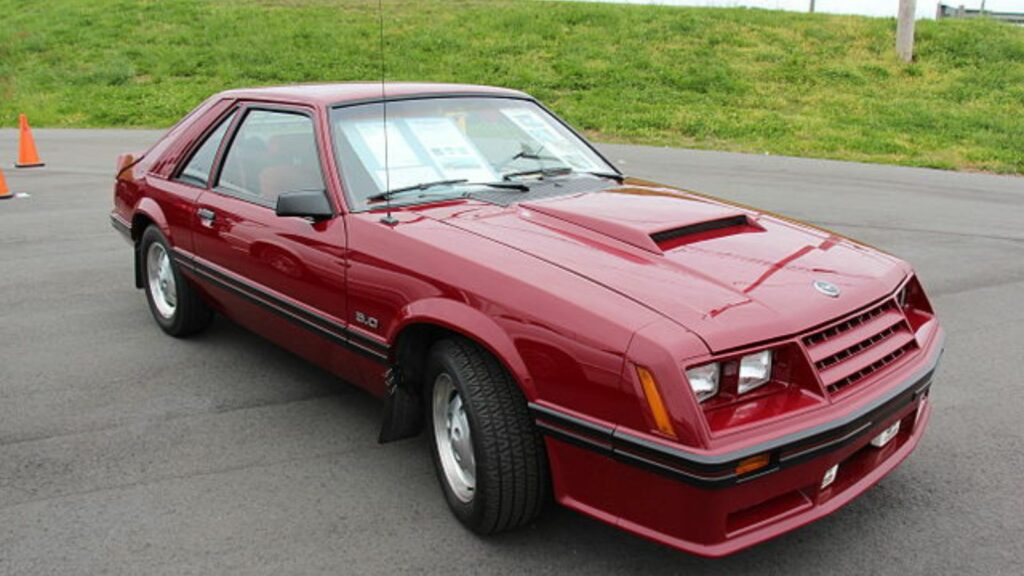The 1980s get a lot of criticism when it comes to performance cars. Strangling emissions laws, rising insurance costs, and the oil crises of the 1970s left American V8s with a reputation for being weak and wheezy. On paper, many cars looked like shadows of their muscle-bound predecessors from the 1960s. But here’s the surprise: some V8s from the 1980s were far better than their reputation suggests. These engines might not have lit up the spec sheet with towering horsepower, but they delivered performance that made them standouts in an era that was supposedly about compromise. Let’s look at the 1980s V8s that were faster than you remember.
Chevrolet Corvette L98 (1985–1991)
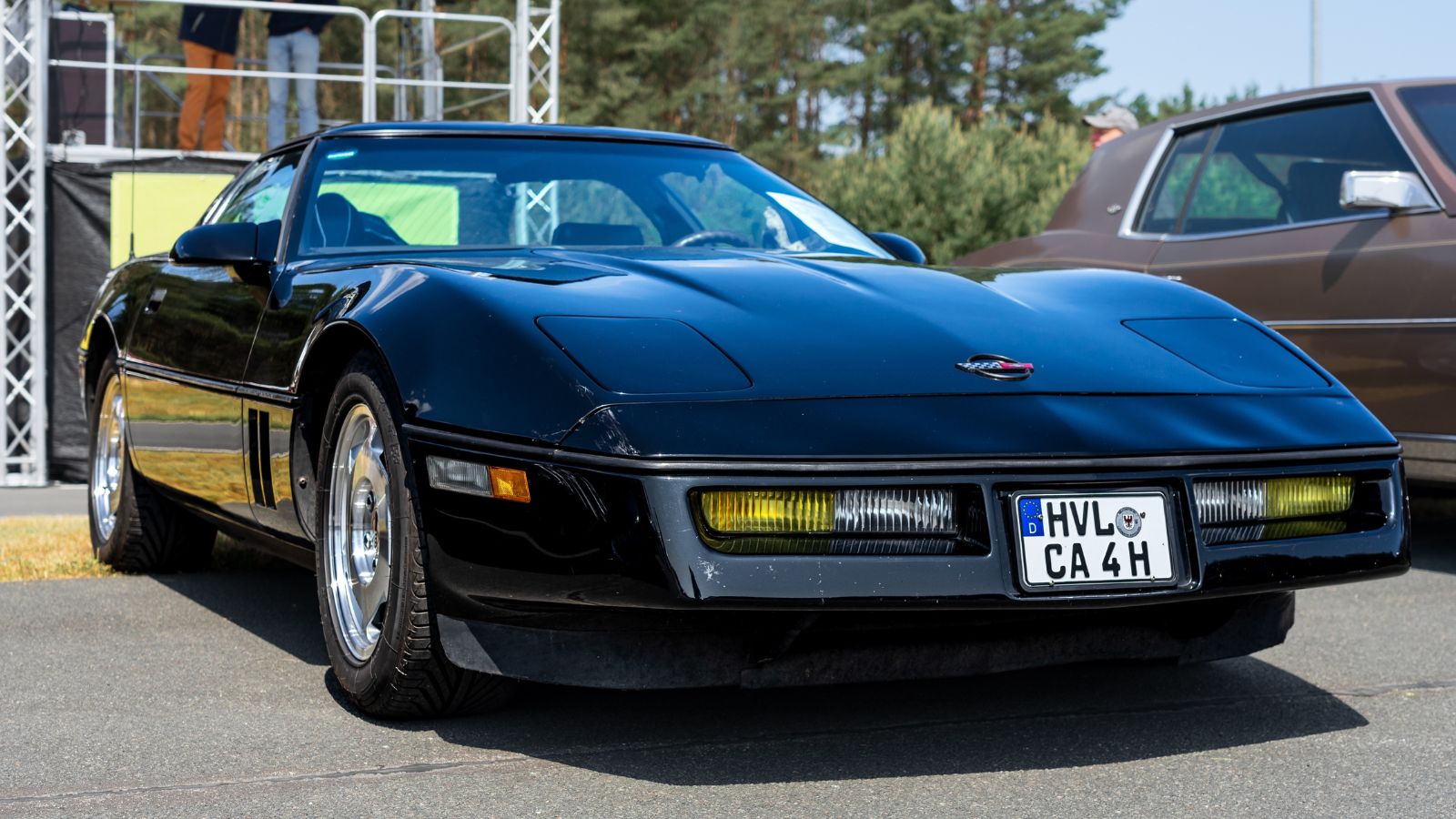
By the mid 1980s, the Corvette was fighting to prove it was still America’s sports car. The L98 350 cubic inch V8 may have been rated at a modest 230 horsepower in 1985, but thanks to its Tuned Port Injection system, it delivered huge torque right off the line. With 330 pound feet of torque available, the Corvette could sprint to 60 mph in under 6 seconds, which was blistering by 1980s standards. On the highway, the car felt muscular and alive, making it one of the true bright spots in a decade that was supposedly short on speed.
Ford Mustang 5.0 HO (1982–1993)
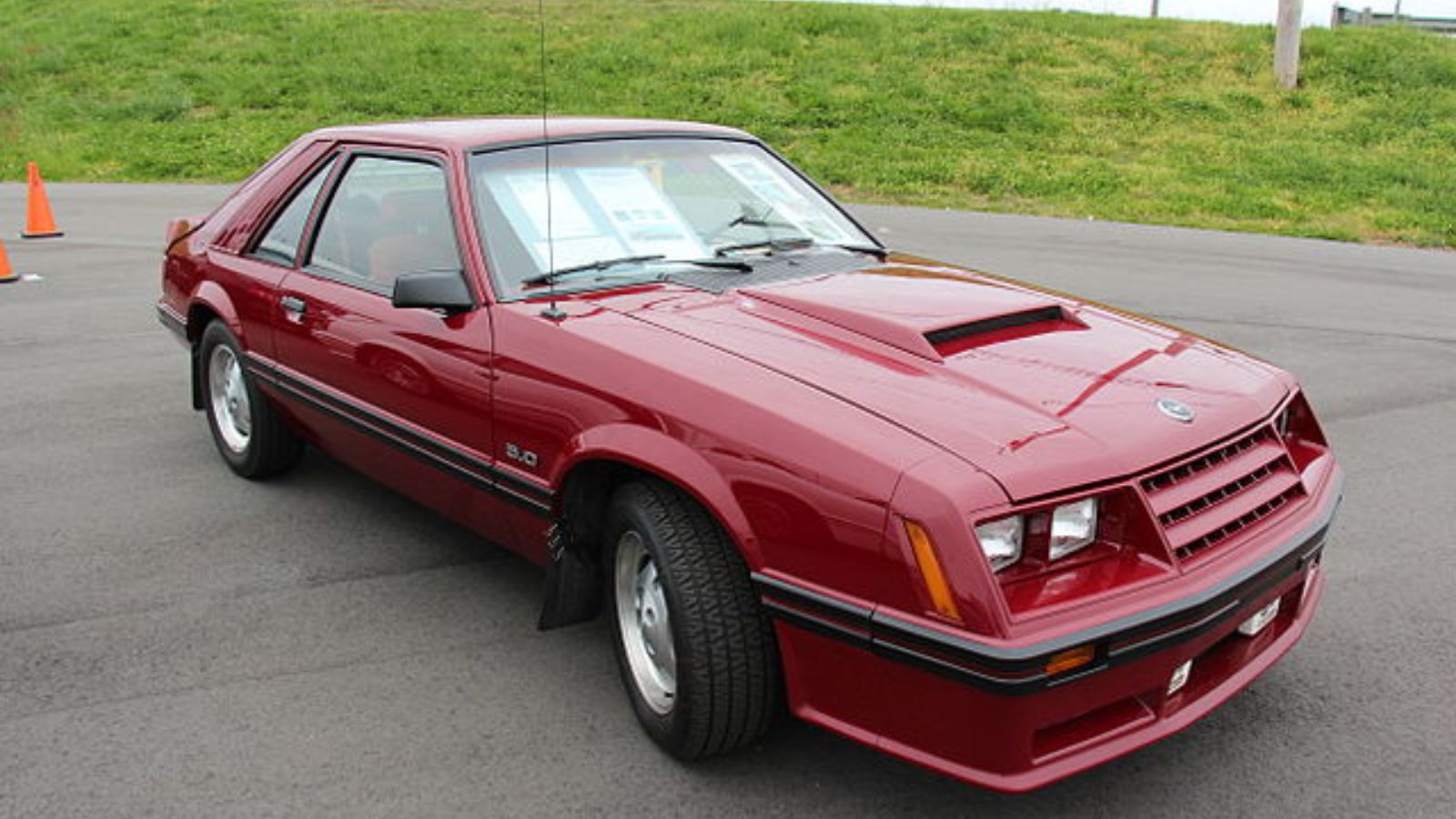
The Fox Body Mustang carried the muscle car flame through the 1980s, and much of that was thanks to the 5.0 High Output V8. Early 1980s versions made 157 horsepower, but by the late 1980s, output climbed to 225 horsepower, with plenty of torque to back it up. Combined with the Mustang’s relatively light weight, these cars were quicker than many remember, with quarter mile times dipping into the low 14s when driven well. Affordable, tunable, and raw, the 5.0 Mustang proved that Detroit could still build a fun V8 performance car.
Buick GNX (1987)
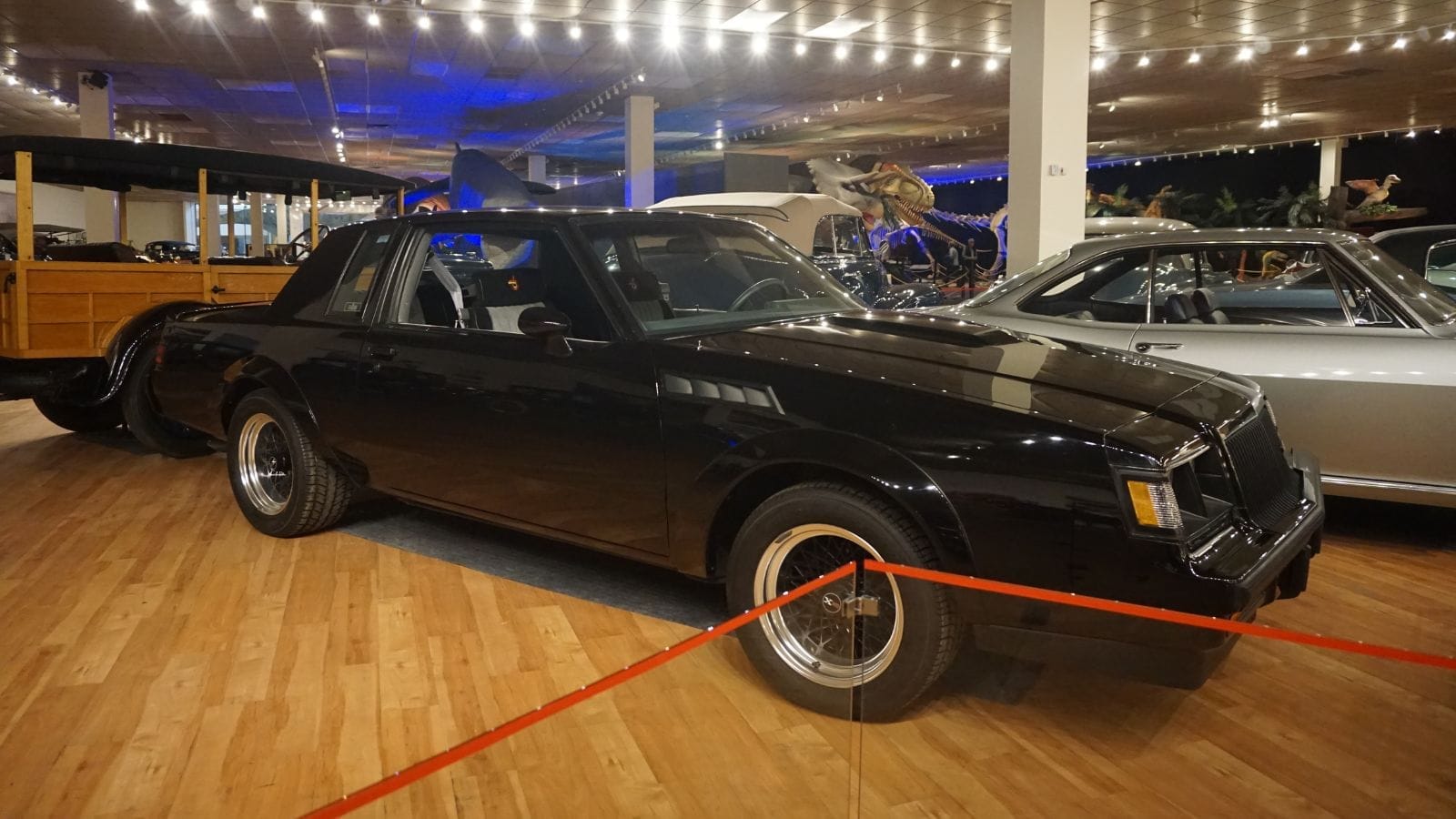
Yes, technically the GNX was a turbocharged V6, but its impact in the 1980s muscle scene was too important not to mention alongside the V8s. Rated at 276 horsepower, the GNX’s actual output was believed to be higher, and with a factory rating of 0 to 60 mph in 4.7 seconds, it was quicker than many Ferraris and Porsches of the era. It made the V8 crowd nervous, and yet it underscored the point that forced induction was the future. Still, it belonged to the same conversation about surprising 1980s performance that shook up old perceptions of Detroit iron.
Chevrolet Camaro IROC Z (1985–1990)
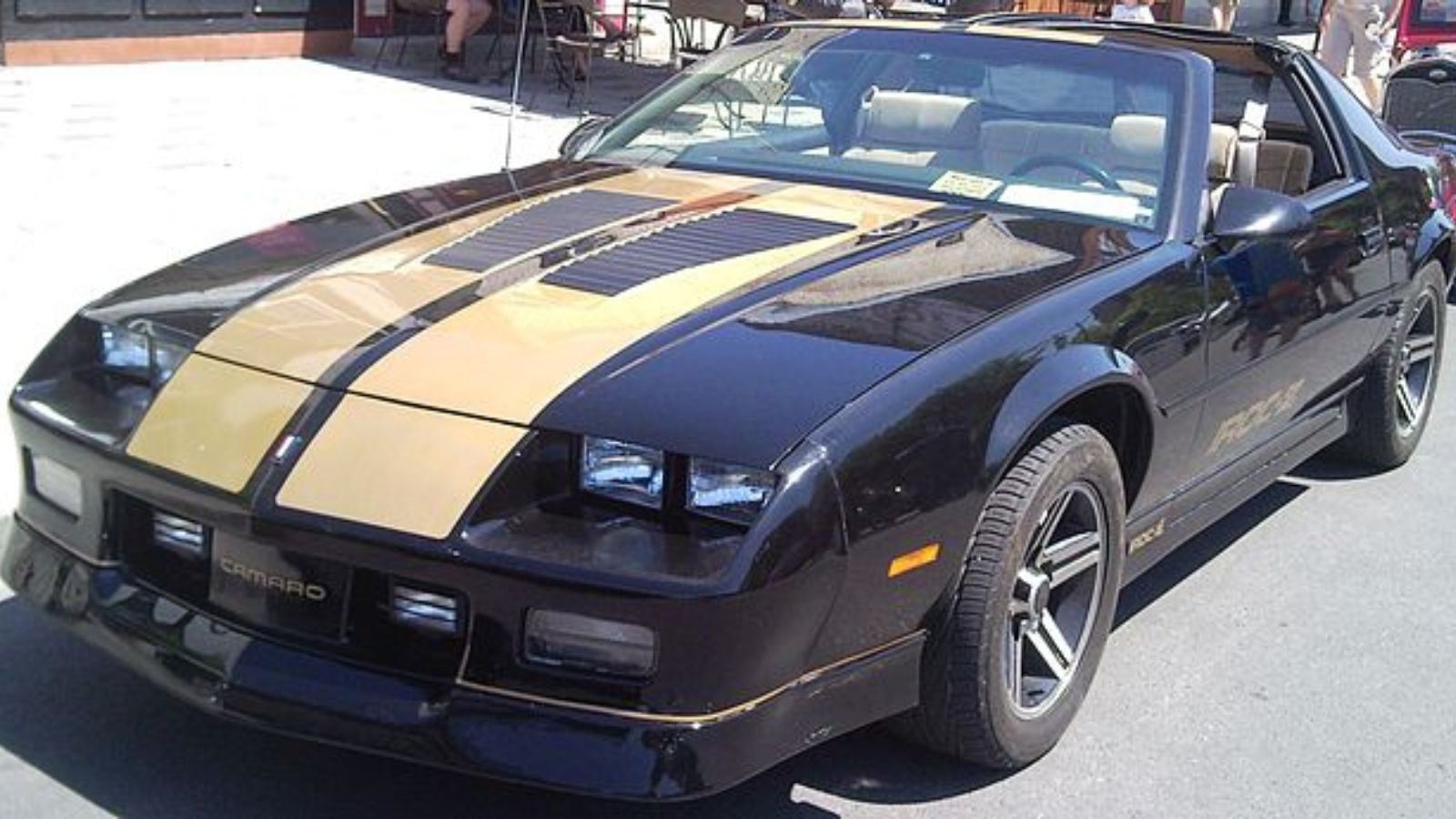
The Camaro was another 1980s icon that carried the performance torch. By 1987, the Camaro IROC Z was available with the Corvette’s L98 350 cubic inch V8, making 225 horsepower and 330 pound feet of torque. These cars had the looks, the handling, and enough speed to silence anyone who thought the muscle car era was over. On the street, the IROC felt faster than its numbers suggested, thanks to its deep reserves of torque and lighter weight compared to 1970s iron.
Pontiac Firebird Trans Am GTA (1987–1992)
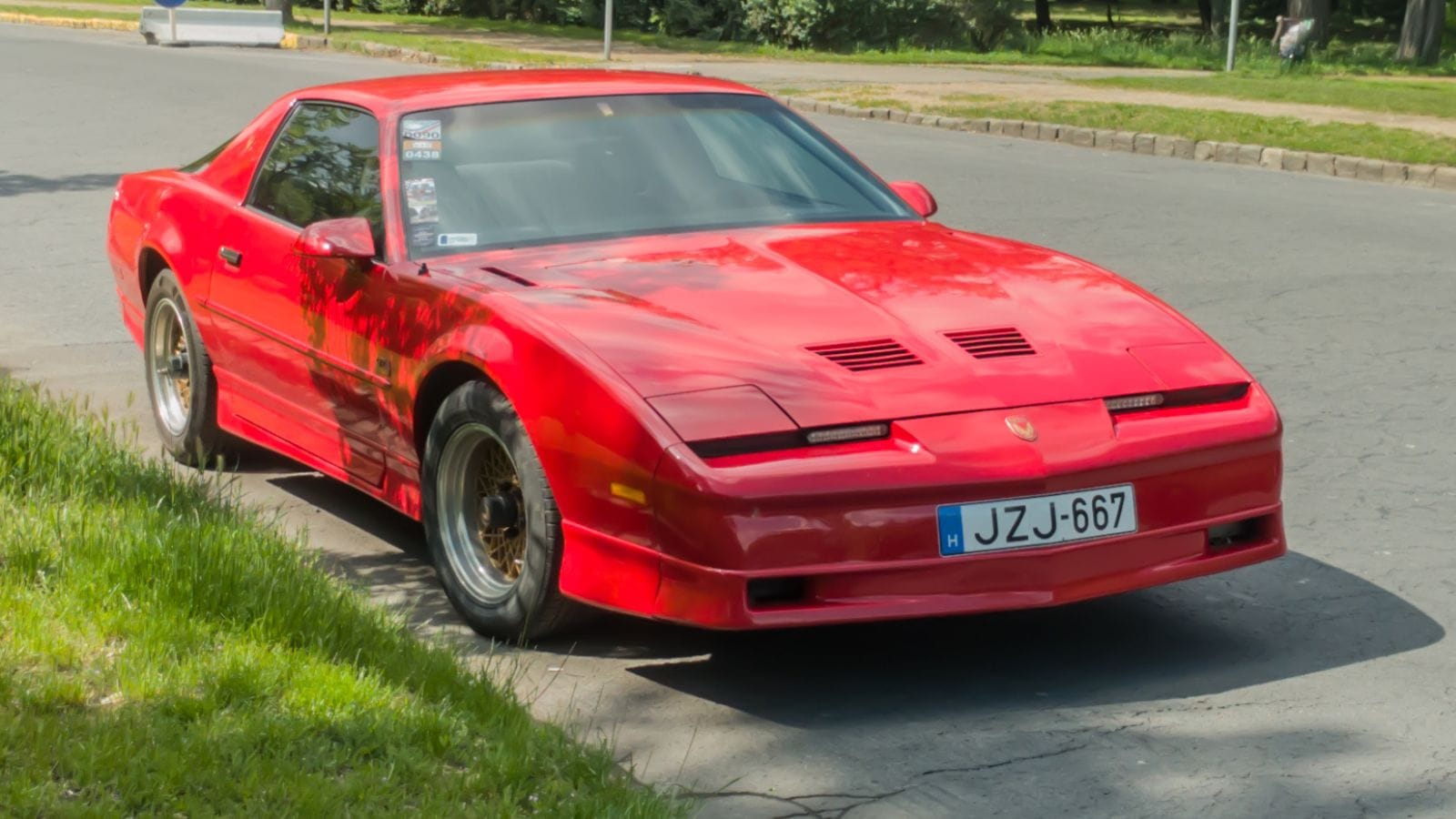
The Trans Am GTA was Pontiac’s answer to the Mustang 5.0 and Camaro IROC, and it came with the same 5.7 liter L98 V8. The GTA was heavy, but it was loaded with style, sophistication, and that unmistakable Pontiac flair. Its 0 to 60 times in the low six second range were more than respectable for the 1980s. Add in its aggressive styling and handling upgrades, and the GTA was a sleeper that reminded everyone Pontiac still cared about performance.
Oldsmobile 442 (1985–1987)
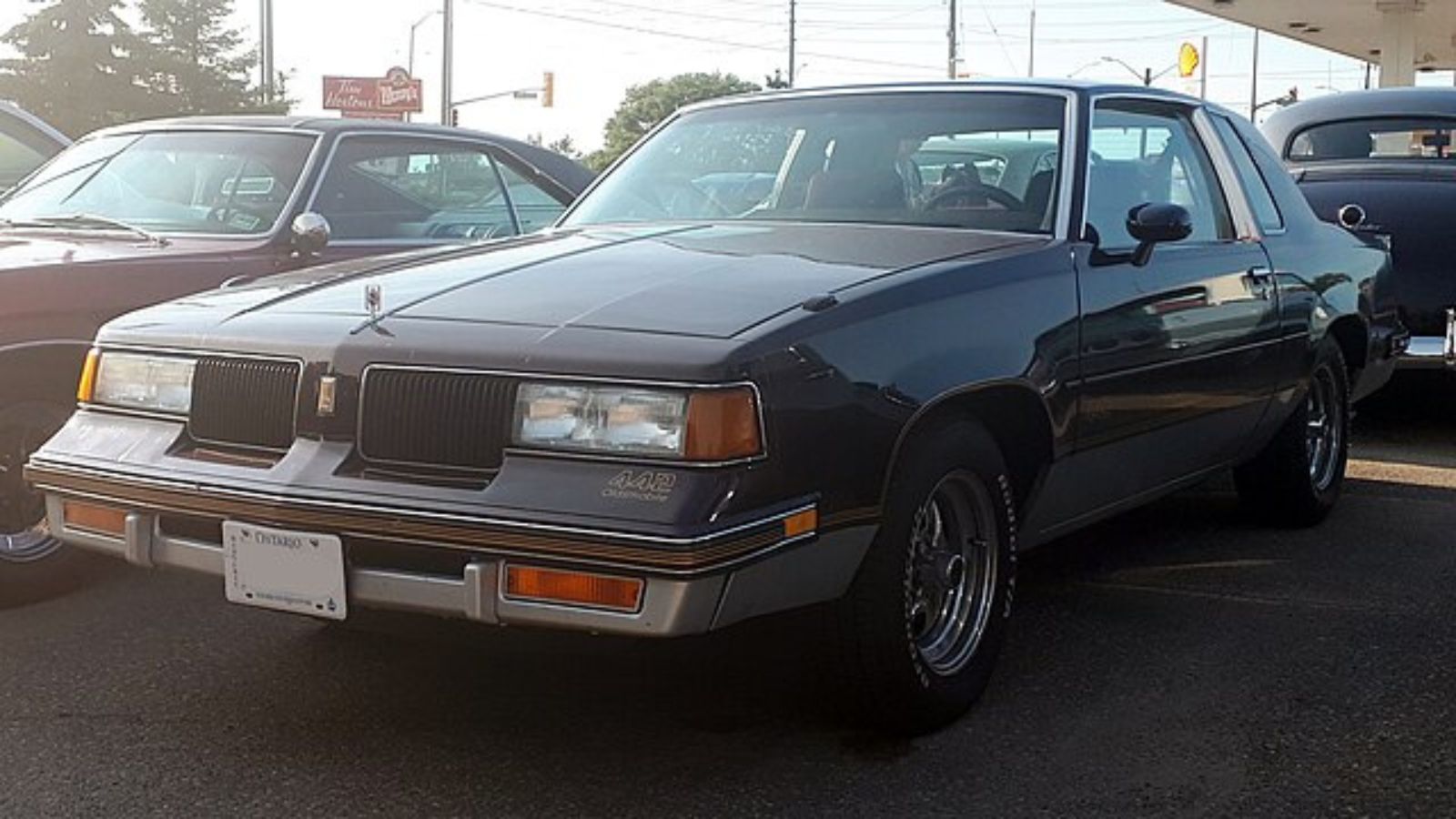
The 442 badge had serious credibility in the 1960s, but by the 1980s, it had been watered down. Yet the 1985 to 1987 versions with the 307 cubic inch V8 and performance suspension were surprisingly quick for the time. While horsepower was rated at 180, the gearing and chassis tuning gave the 442 a lively feel. It might not have been a quarter mile hero, but for real world driving, it offered a punchier and more engaging experience than many gave it credit for.
Dodge Ramcharger 360 V8 (1980s)
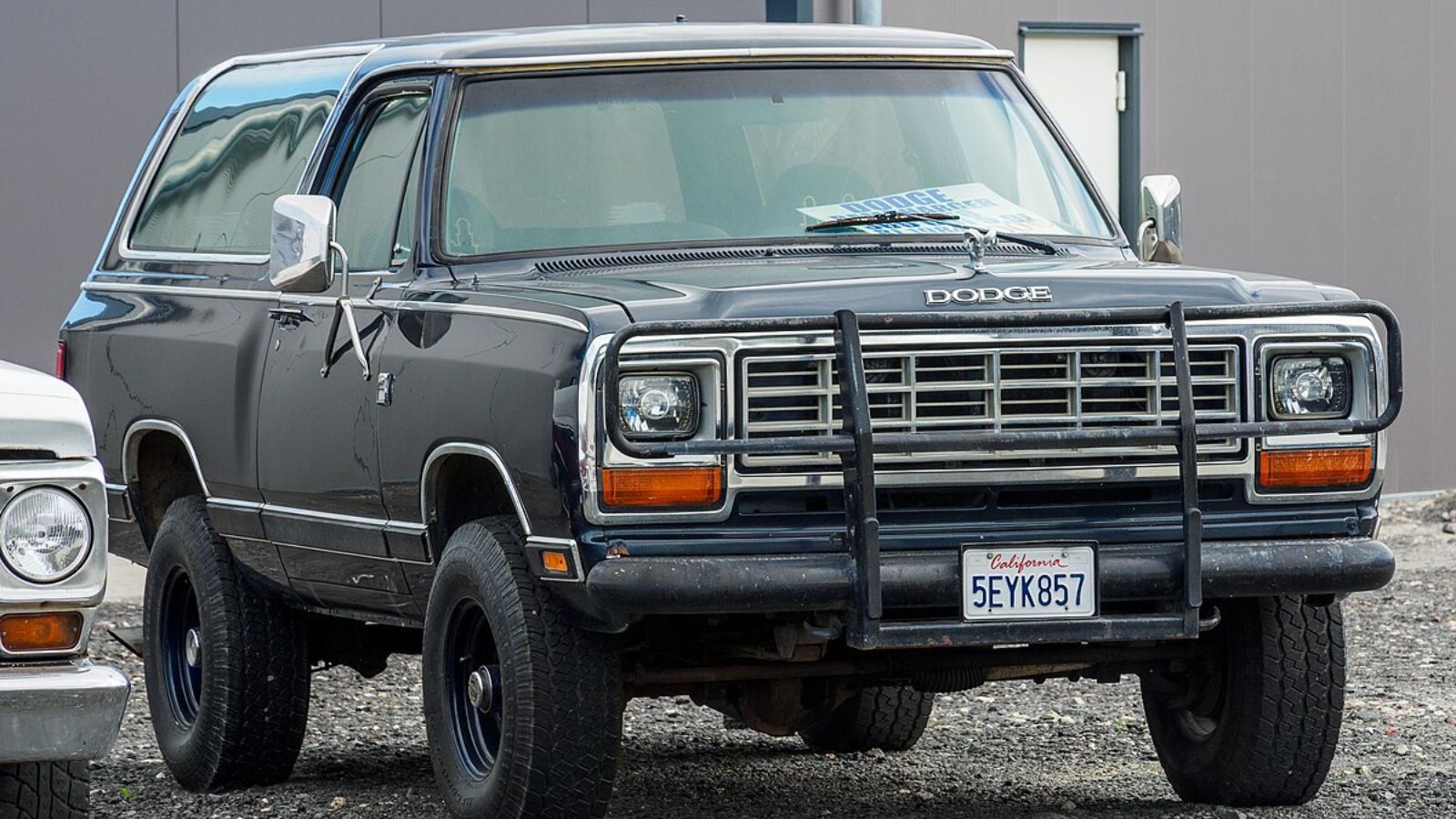
Not every fast 1980s V8 lived under the hood of a sports car. Dodge’s big Ramcharger SUV came with a 360 cubic inch V8 that, while not making huge horsepower numbers, delivered impressive grunt. Off the line, these engines moved heavy trucks with surprising ease, and in an era when performance was supposed to be dead, it was refreshing to find a V8 that still had some bite left.
Lincoln Mark VII LSC (1984–1992)
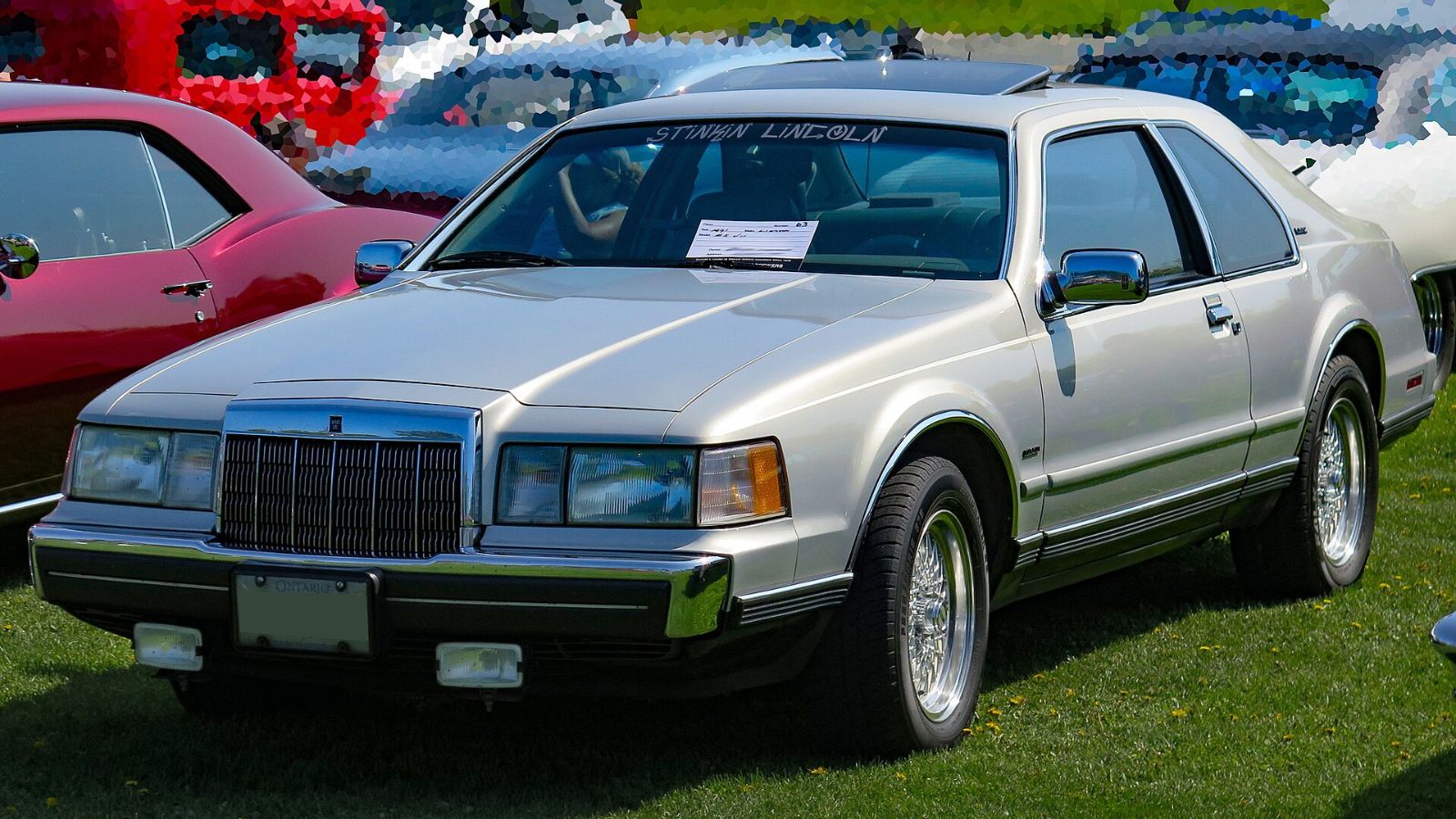
Luxury and performance were rarely combined well in the 1980s, but the Lincoln Mark VII LSC pulled it off. Powered by the same 5.0 HO V8 as the Mustang GT, the Mark VII had 225 horsepower, a refined interior, and a surprisingly sporty suspension setup. This meant you could cruise in comfort and still embarrass plenty of so called sporty cars at a stoplight. It showed that Ford’s performance V8s could find a home outside of pony cars.
Cadillac Fleetwood Brougham 368 V8-6-4 (1981)
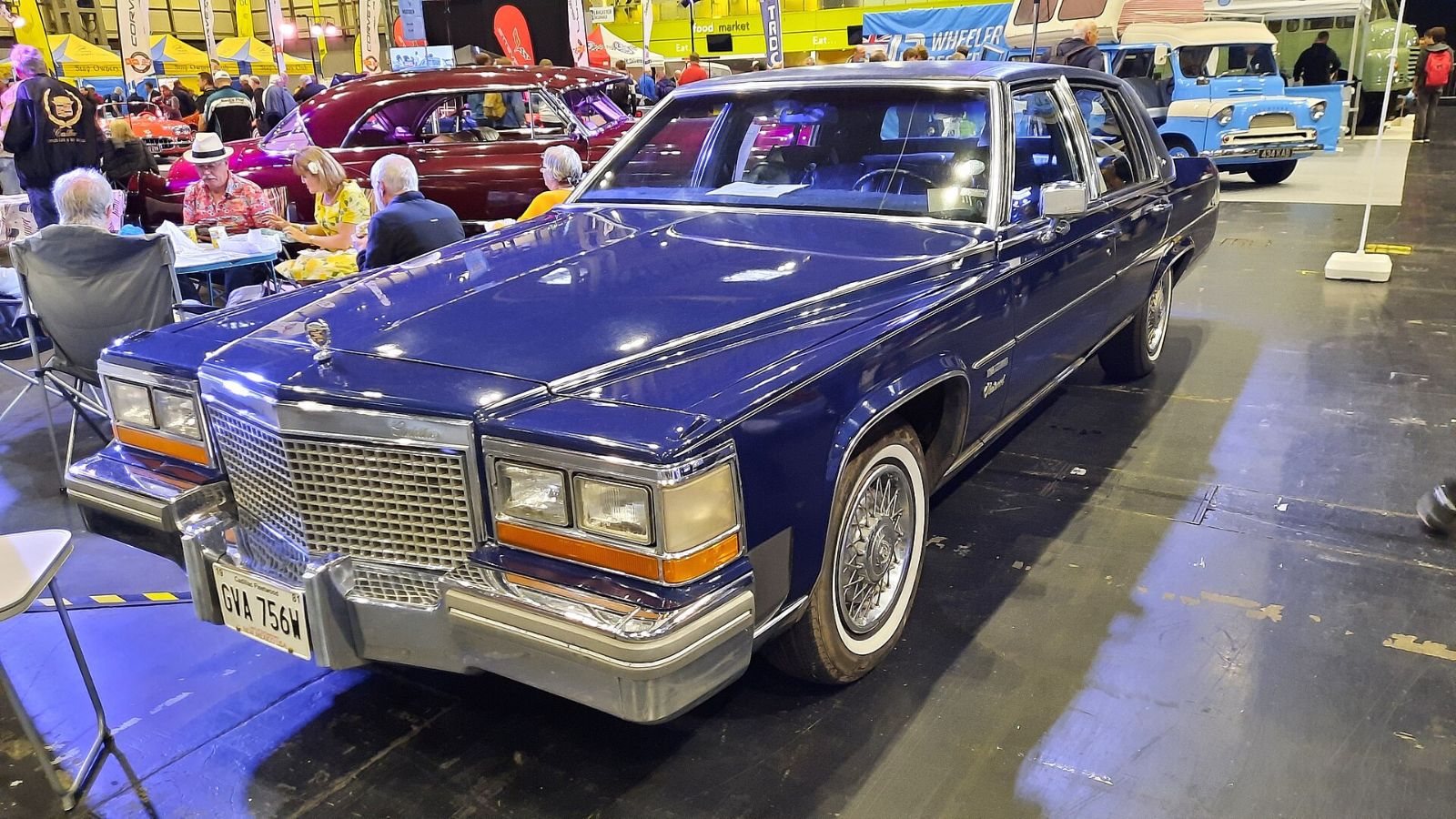
The Cadillac V8-6-4 was infamous for its cylinder deactivation system that often failed, but when all eight cylinders were firing, the 368 cubic inch V8 was surprisingly strong. Cadillac advertised smooth power delivery and effortless acceleration, and while the tech was flawed, the engine itself proved that Cadillac could still build a big V8 that had guts. When working properly, it gave the massive Fleetwood a level of speed that few would have expected.
25 Facts About Car Loans That Most Drivers Don’t Realize

Car loans are one of the most common ways people fund car purchases. Like any other kind of loan, car loans can have certain features that can be regarded as an advantage or a disadvantage to the borrower. Understanding all essential facts about car loans and how they work to ensure that you get the best deal for your financial situation is essential. Here are 25 shocking facts about car loans that most drivers don’t realize:
25 Facts About Car Loans That Most Drivers Don’t Realize
